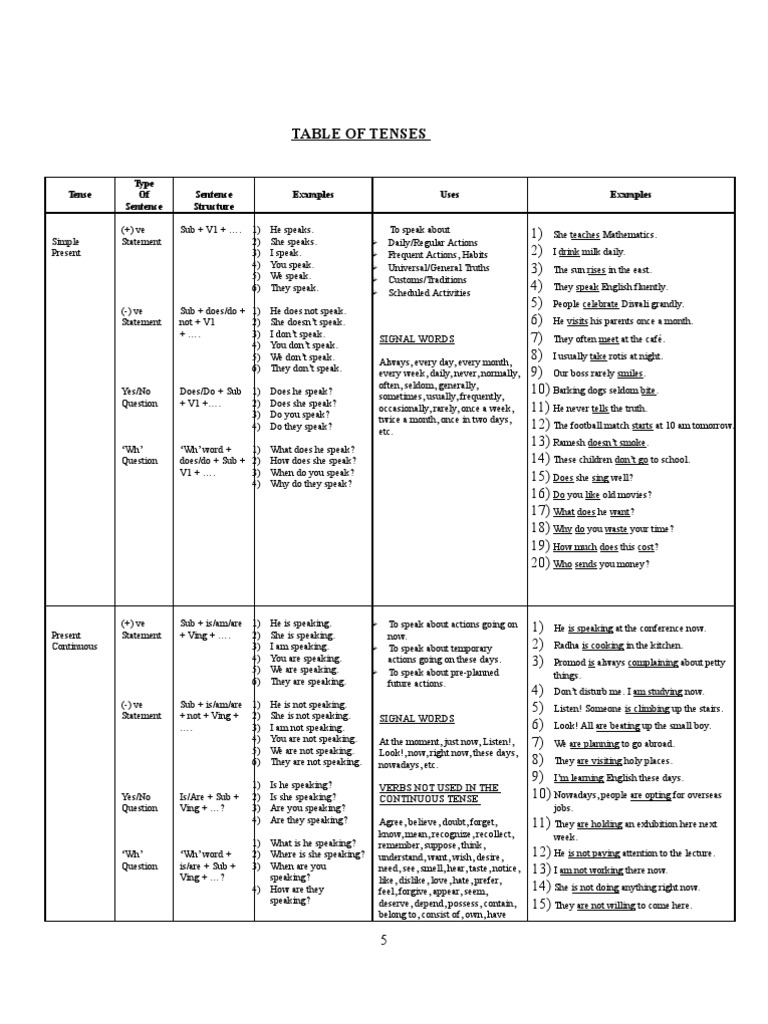Attention! My website has moved. Click here for the new address www.learngujaratiwithme.com
Nouns singular/plural overview
for example:
- there is no definite article (the) or indefinite article (a, an) so bilāḍī can mean cat, a cat and the cat
- all genders you have to learn by heart
The preposition “from”=”thī થી”
we have already met one clitic in the last Dialog the clitic māṁ (in), you just add it to the word bajār (market) and it changes to bajārmāṁ (in the market). But sometimes when the nouns are ending on -o (masculine) or -uṁ (neutral) we have to replace the ending -o and -uṁ to –ā.
for example:
Dec 16, 2012 Simple present tense in gujarati 1. Creatde By: Samir Patel 2. Creatde By: Samir Patel. Simple present tense 1. Simple Present Tense 2. Regular habits or daily routine: Use the Simple Present to express the idea that an action is repeated or usual. The action can be a habit, a hobby, a daily event or something that often happens. I play soccer - The school opens every morning at 7 AM.

- in the plural, Nouns use the same form, we do not have to change the ending if we use a clitic
The simple present tense/ the present continuous tense
Sep 25, 2016 Present Tense:- (JT'DFG SF/f The Present tense is divided into four parts. S JT'DFG SF/ RFZ EFUDF lJEFHLT K Pf” 1. Simple Present Tense (;FNMJT'DFG SF/f 2. Present Continuous Tense. (rFF,JT'DFG SF/f 3. Present Perfect Tense. (56' JT'DFG SF/f 4. Dear Friends,Welcome to my Youtube channel Jabri English. In this video you will learn Simple Present Tense in Gujarati. This video will help Gujarati medium. Apr 07, 2018 Visit the post for more. Do Does Did Done English tense in gujarati pdf d4pq13wk56np english tense in gujarati pdf d4pq13wk56np english to hindi tense chart free tense handwritten notes pdf.
Simple Present Tense Rules In Gujarati
- verbs like āvvuṁ- આવવું, rahevuṁ- રહેવું or bolvuṁ- બોલવું exists of the basic form of the verb, also known as the root and ends in “વું -vuṁ”. This form is called the infinitive.
- from this root you can form various tense stems like present, past and future tenses and to this stems ending are added (called personal endings) which are indicates a person ( I, you… )
- so you form the simple present tense/ present continuous tense ( i heard in Gujarati the simple present tense is the same as the present continuous tense ) of verbs (other than the verb to be) by adding the personal endings to the present stem and after this you add the present tense of the verb “to be” as an auxiliary (helping) verb